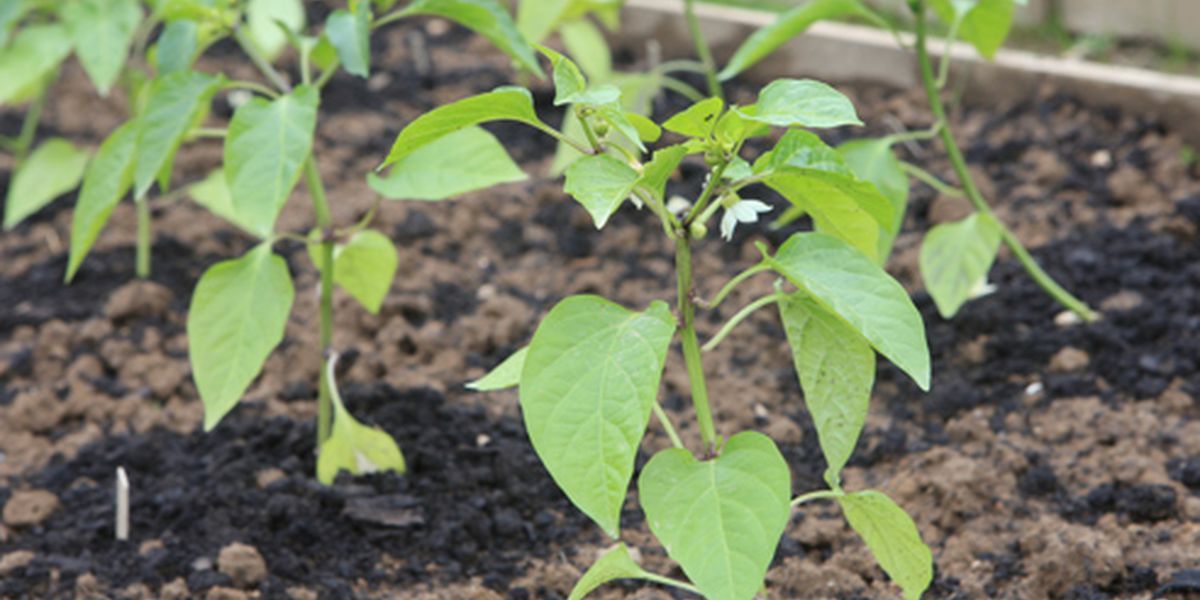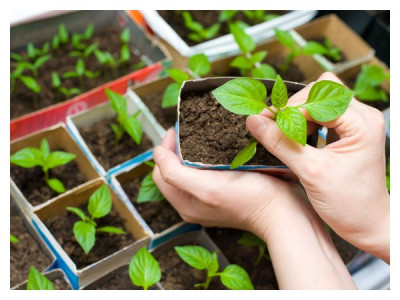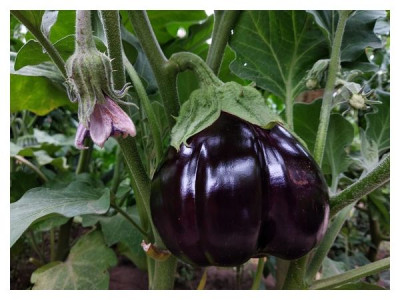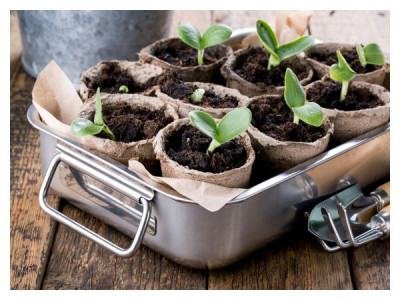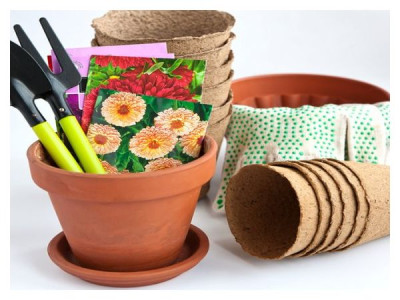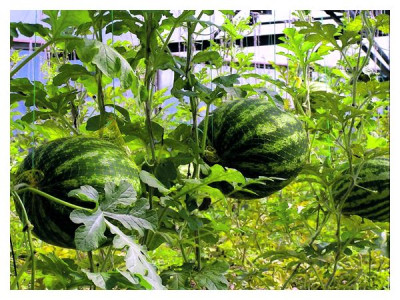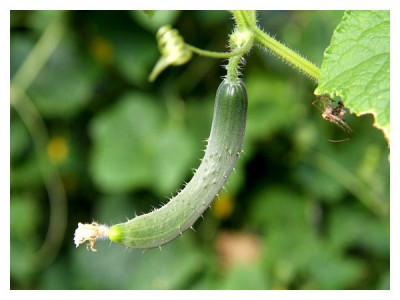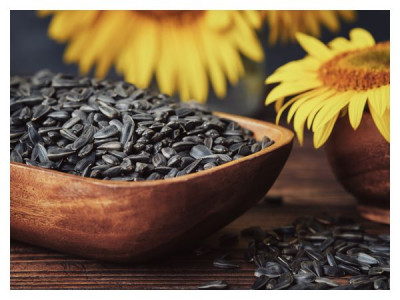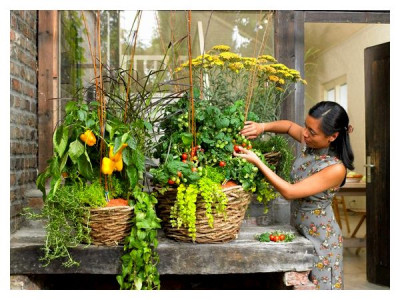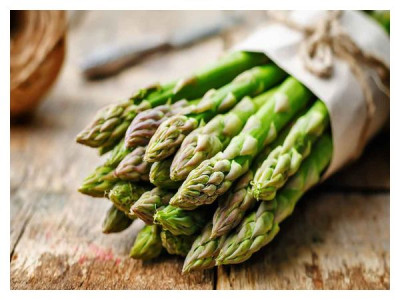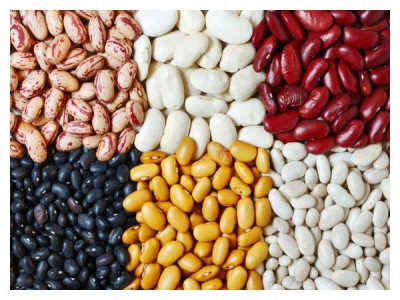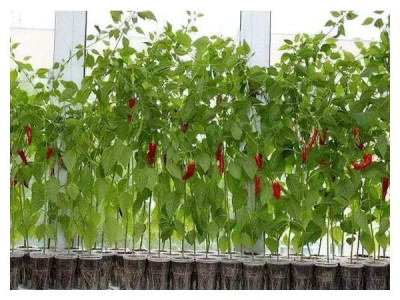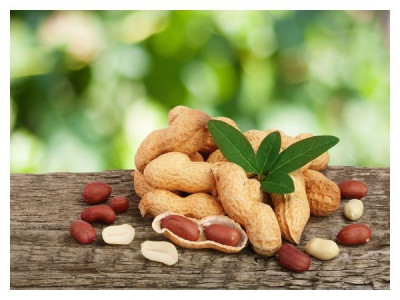Growing seedlings of pepper has its own characteristics. With errors in watering, sharp fluctuations in temperature or an unsuccessful transplant, the stems of plants coarsen, their potential yield decreases. How to grow pepper seedlings correctly?
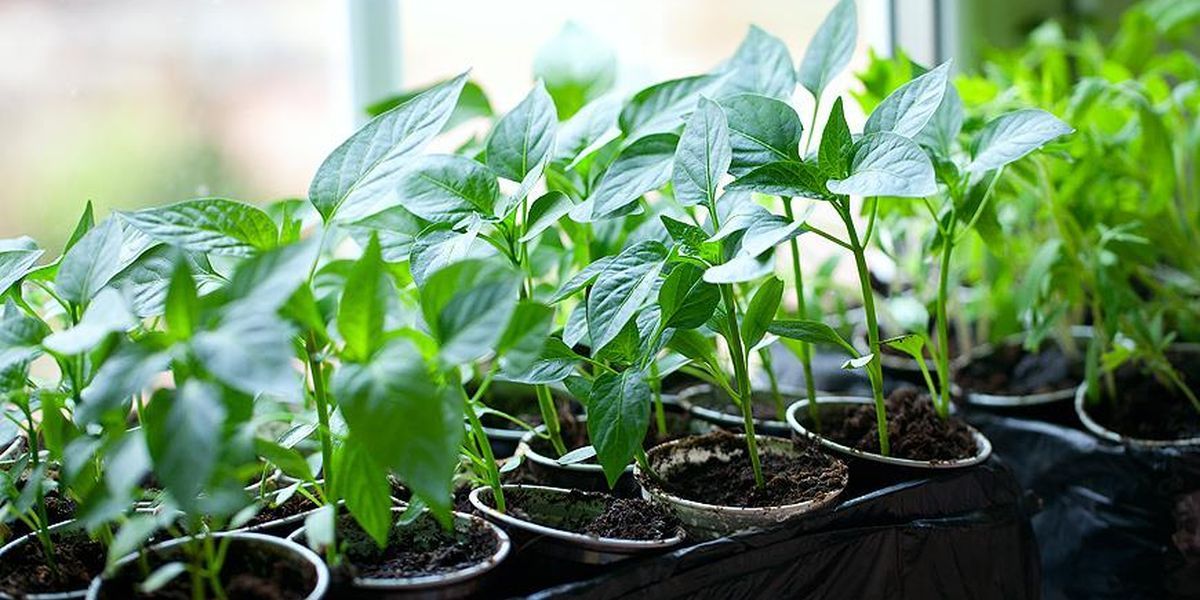
If you allow the lignification of the stem of the pepper, it begins to grow worse in thickness (and subsequently, with abundant watering, it can crack). Such plants no longer produce a bountiful harvest, as their ovaries receive less nutrition.
In addition, peppers are not sufficiently resistant to root rot. If you pick it, like other seedling vegetables, at the stage of two true leaves with deepening to the cotyledons, it stops growing, gets sick for a long time and may die from a fungal infection.
In order to get a good harvest of pepper in a short summer, it has to be sown early enough and until the planting itself, the seedlings should be provided with uniform development without stress and a sharp change in conditions. This is the main feature of the successful technology of growing pepper seedlings.
When to sow pepper seedlings?
Fruit ripening in pepper begins 100-150 days after germination, and seedlings are planted at the age of 60 to 80 days, so it is best to start sowing on February 20 - March 10, depending on the variety. You can calculate the sowing time more accurately on your own, if you know the characteristics of the variety.
How to prepare pepper seeds for sowing
Inspect the seeds, remove any frail and damaged ones. Treat selected pepper seeds against fungal infections. Soak them, placing them in a gauze bag, in a solution of any fungicide (Maxim, Fitosporin-M, Vitaros) according to the instructions. You can get by with soaking the seeds in a thick pink solution of potassium permanganate for 20-30 minutes. After potassium permanganate, rinse them thoroughly right in the bags. Good results are obtained by soaking pepper seeds for 12 hours in Epin (1-2 drops per 100 ml of water). After that, spread the seeds between two layers of a damp, clean cloth, cover so that the moisture does not evaporate quickly, and place in a warm place (+ 25 ° C). After 7-14 days, the seeds will hatch. Do not miss this moment, because the roots of peppers are very fragile, they painfully endure the slightest damage. You can learn more about dressing and soaking seeds, treating them with stimulants by reading the article Preparing pepper seeds for sowing.
How to prepare soil for pepper
While the seeds germinate, prepare the soil for sowing. You can use the finished mixture for sowing peppers by adding washed sand to it after sifting (about 0.5 parts per 3 parts of soil). Experienced gardeners usually prepare the mixture for sowing themselves.
Ground mixture for sowing pepper: mix thoroughly 2 parts of humus (it can be replaced with well-rotted compost), 2 parts of peat and 1 part of well-washed sand. Sift this mixture and steam for an hour in a double boiler to protect seedlings from fungal diseases and weeds.
Sowing pepper seeds for seedlings
Rinse the sowing bowl in a solution of potassium permanganate, fill it with the prepared soil mixture and lightly compact it so that the edge of the dishes rises above the soil by about 2 cm.
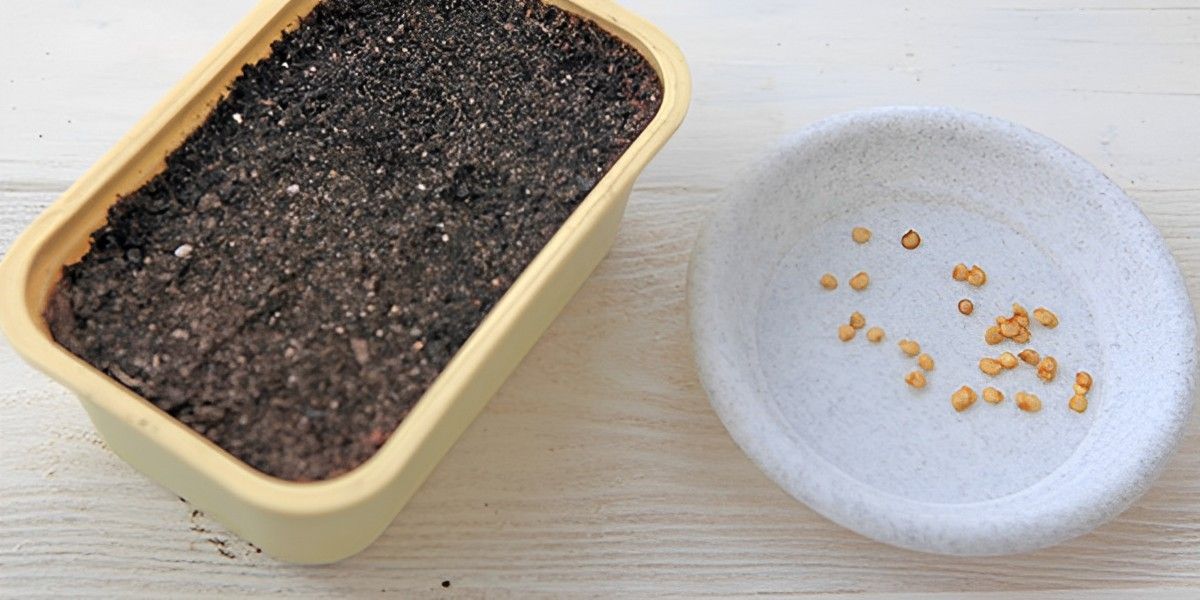
Spread the seeds with tweezers at a distance of 1.5-2 cm. You do not need to sow thicker: pepper shoots will shade each other and stretch.
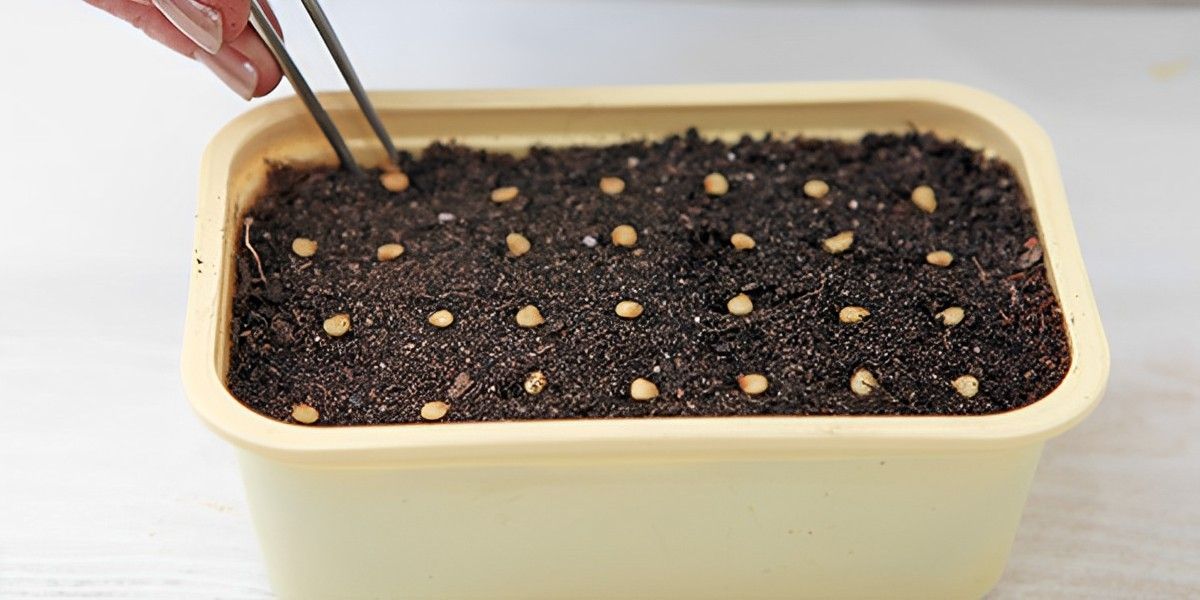
Pour the soil mixture on top with a layer of 1-1.5 cm. Compact it a little. Pepper crops should be watered carefully, making sure that the seeds do not wash out on the soil surface. Put labels with the name of varieties. To prevent moisture from evaporating too quickly, place the crops in a greenhouse or in a bag. The temperature must be maintained at +25°C.
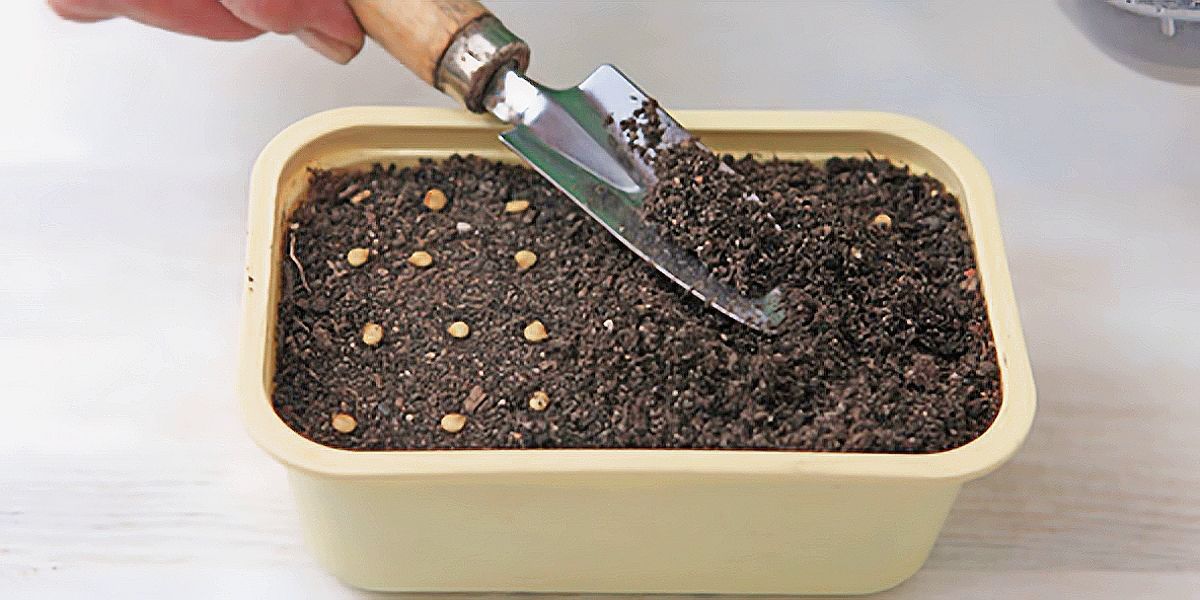
With the advent of seedlings (usually this happens on the 5-7th day), put the crops in a bright place with a temperature of + 15-17 ° C. Water moderately with warm water, make sure that water does not accumulate in the pan. So that the seedlings do not lean towards the light, turn the bowl with seedlings relative to the window or illuminate them with a phytolamp.
How to dive pepper
To reduce the risk of damage to plants by root rot, pepper is dived at the stage of two true leaves without deepening or deepening no more than 0.5 cm. Another method is recommended in reference books: dive seedlings at the cotyledon stage, when they are easier to tolerate picking. In this case, they can be deepened to cotyledon leaves. The second method of pepper picking is more suitable for professional greenhouses, where immediately after germination the temperature is reduced, the plants are provided with good lighting, and the seedlings form a short, dense subcotyledon knee. At home, shoots are obtained in any case more elongated, so it is better to dive them in the first way. 3-4 weeks after germination, seedlings have 1-2 true leaves.

This is the best time to pick peppers at home.
Pour the soil well in advance in a bowl, wait for the excess water to drain into the pan. Pepper develops slowly, so it is better to dive into small pots (100-150 ml). In them, seedlings quickly develop an earthen clod, so the earth does not turn sour when watered and the roots are less susceptible to rot.
When picking, take the seedlings by the "ears" so as not to damage the stem. The hole in the pot should be such that the roots are located in it freely, without bends. Cover with soil and compact lightly. The root neck can be slightly deepened, but not more than 0.5 cm.
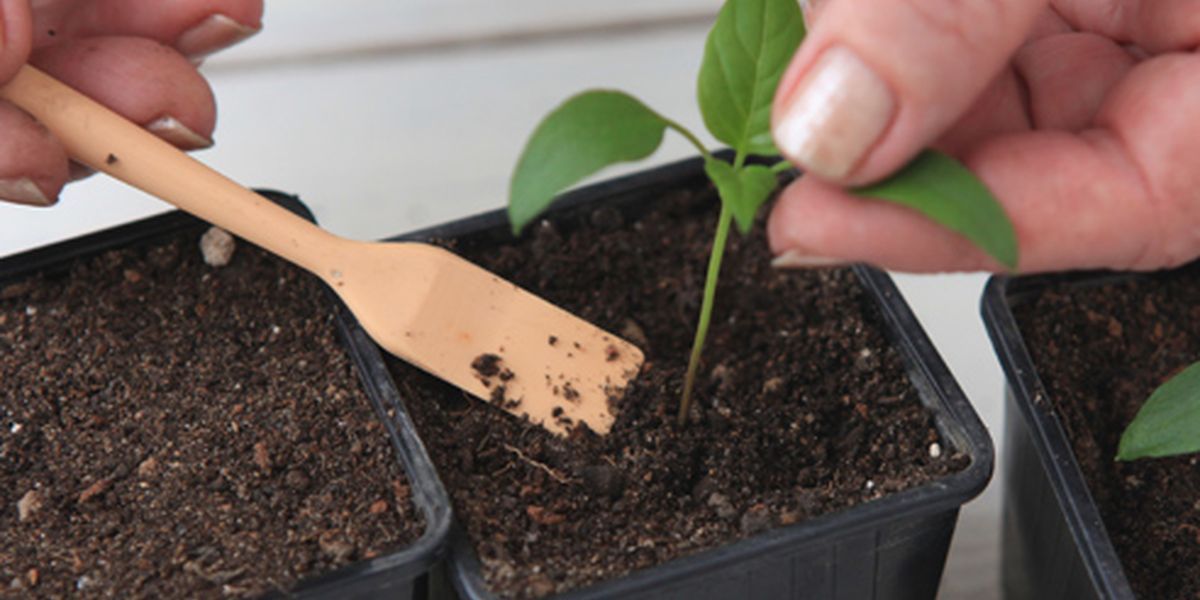
Water carefully, holding the seedling, until the water is completely saturated. Top up the soil if it has settled too much after watering.
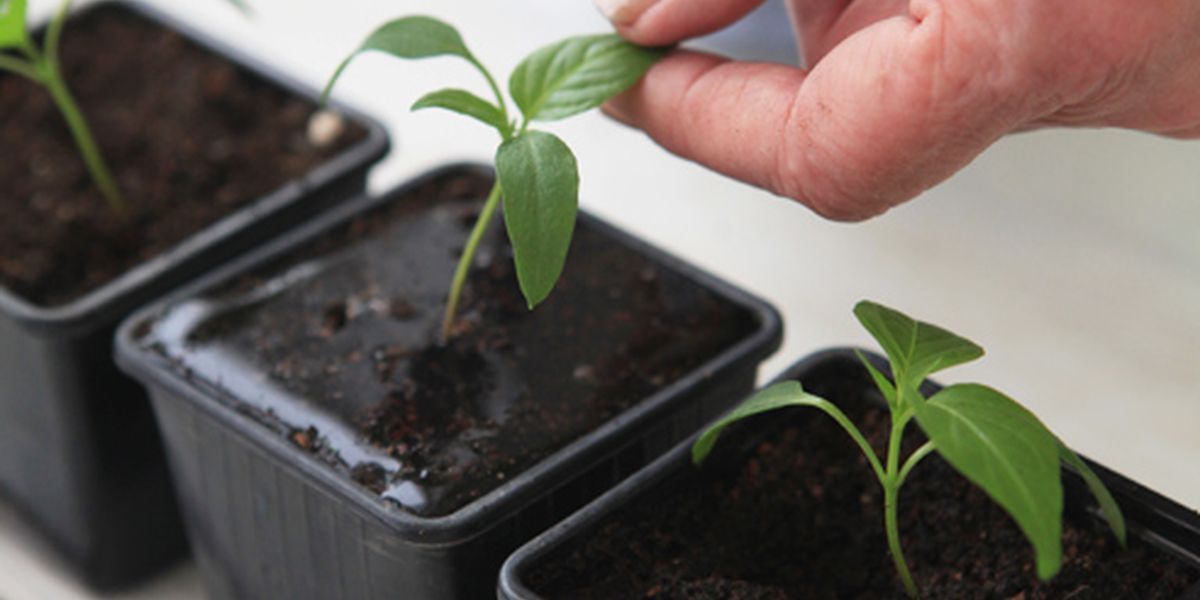
Set the seedlings on the windowsill, shading it at first from direct sunlight. Make sure that the soil in the pots does not cool below + 15 ° C. At temperatures below +13°C, seedling growth stops.
How to feed pepper seedlings
Before planting in the ground, pepper must be fed at least two times:
- 2 weeks after picking;
- 2 weeks after the first feeding.
Fertilizers are applied in liquid form. It is very convenient to use ready-made fertilizers for seedlings: Agricola, Krepysh, Fertika Lux, Mortar.
At the end of spring, when part of the seedlings of other crops migrate to hardening, and space on the windowsill becomes free, pepper seedlings must be transferred to pots with a volume of 0.8-1 l. With careful transshipment with the preservation of an earthy coma, seedlings do not stop growing. The composition of the soil can be used the same as for sowing and picking, but it is not necessary to sift it: the lumpy structure better passes air to the roots. To a bucket of earth mix, add 1 tablespoon of double superphosphate and 0.5 cups of wood ash or 3 tablespoons of pepper and tomato fertilizer.
2 weeks before planting, start hardening seedlings in the fresh air. When hardening, keep in mind that at first it must be shaded from direct sunlight and protected from drafts.
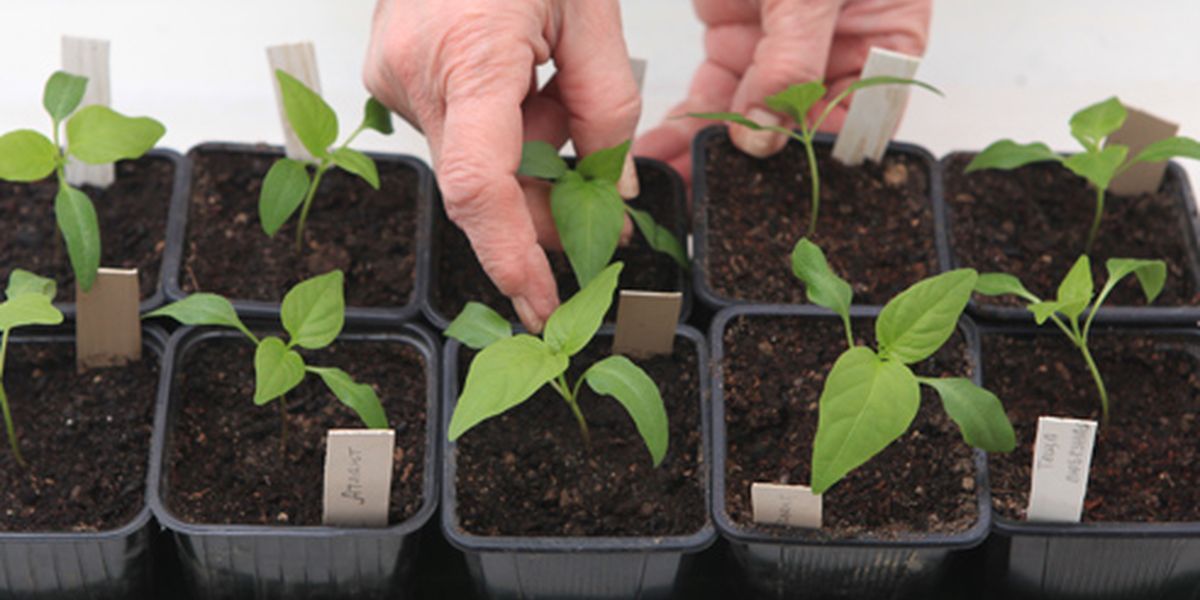
When and how to plant pepper in the ground
At the stage of formation of the first buds, seedlings can be planted in the ground if the average daily temperature has been set at +15 ... + 17 ° С.
Peppers do not tolerate cold heavy soils at all, therefore, if clay soil is in your area, then add peat and humus to it. Dig well to the depth of the shovel bayonet, level it so that there is no slope. Make holes at a distance of 50 cm (between rows 60 cm). The hole for planting pepper should be of such depth that when planting the root neck is at the level of the soil surface. Pour 1 tablespoon of a complete mineral fertilizer containing nitrogen, phosphorus and potassium into the hole, mix well so that the fertilizer is evenly distributed. Carefully remove the plant from the pot, being careful not to disturb the earthen ball. This is not difficult to do if the plant has mastered the earthen ball in a pot well.
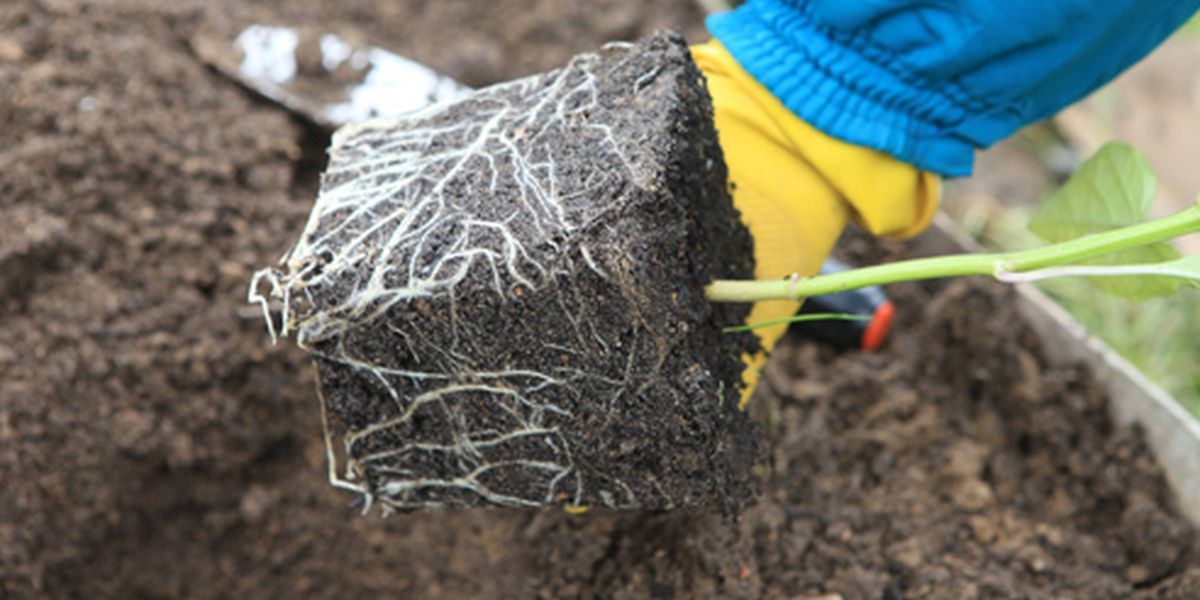
Fill the hole a little more than halfway so that the bulk of the roots are closed. Water generously (about 1/3 bucket per hole. When the water is absorbed, fill the rest of the hole with loose soil. Label the variety immediately.
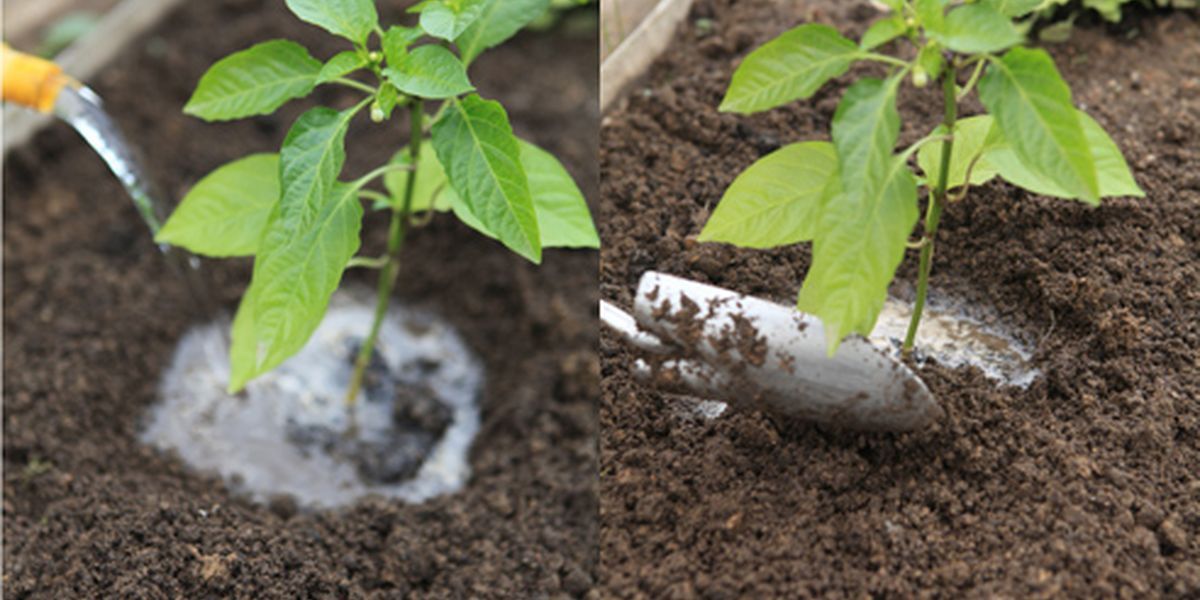
Mulch plantings with peat. If required, tie the bushes to the support. If at night the temperature drops below +13...+14°C, cover the plants along the arcs with a non-woven covering material.
